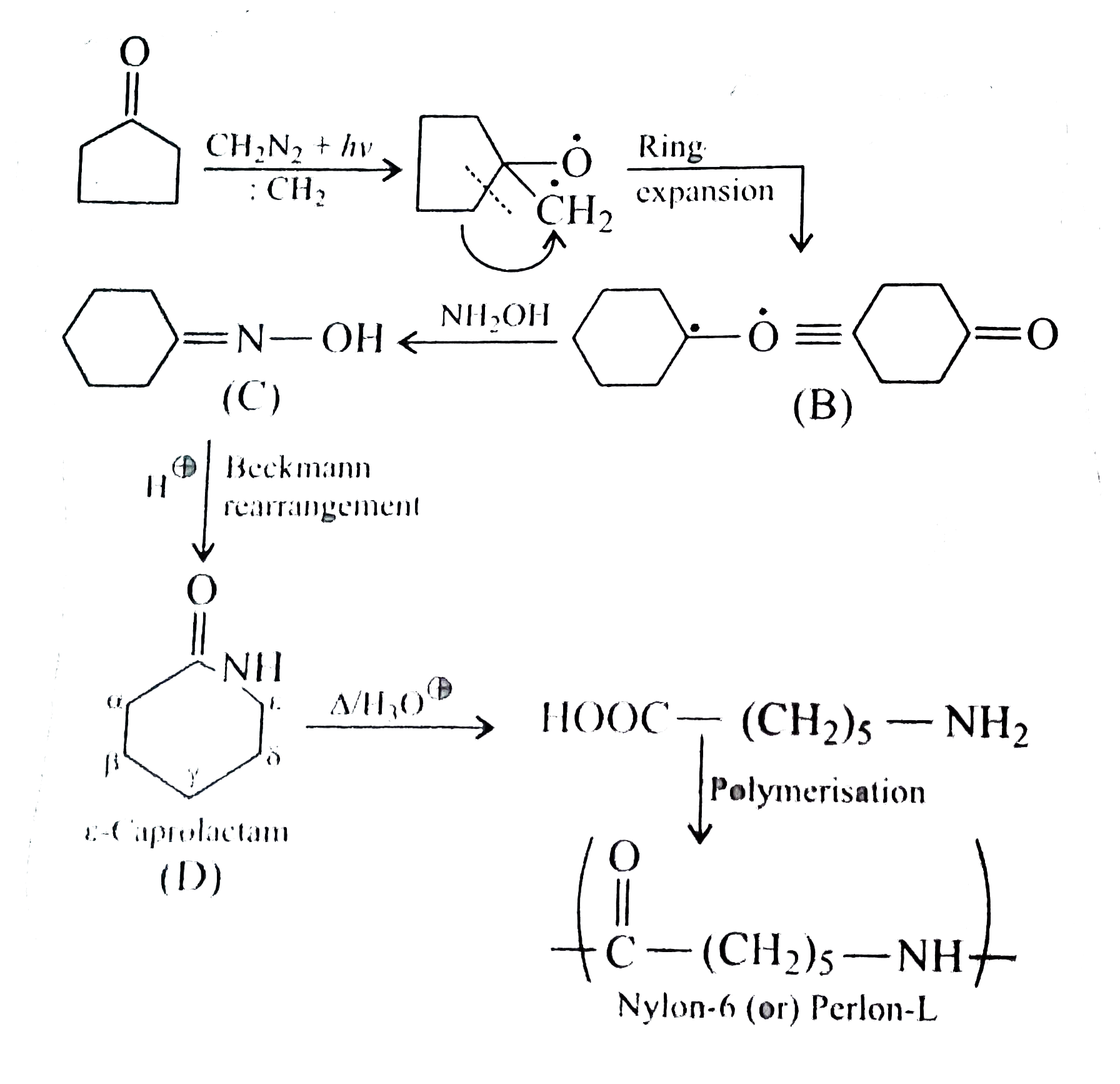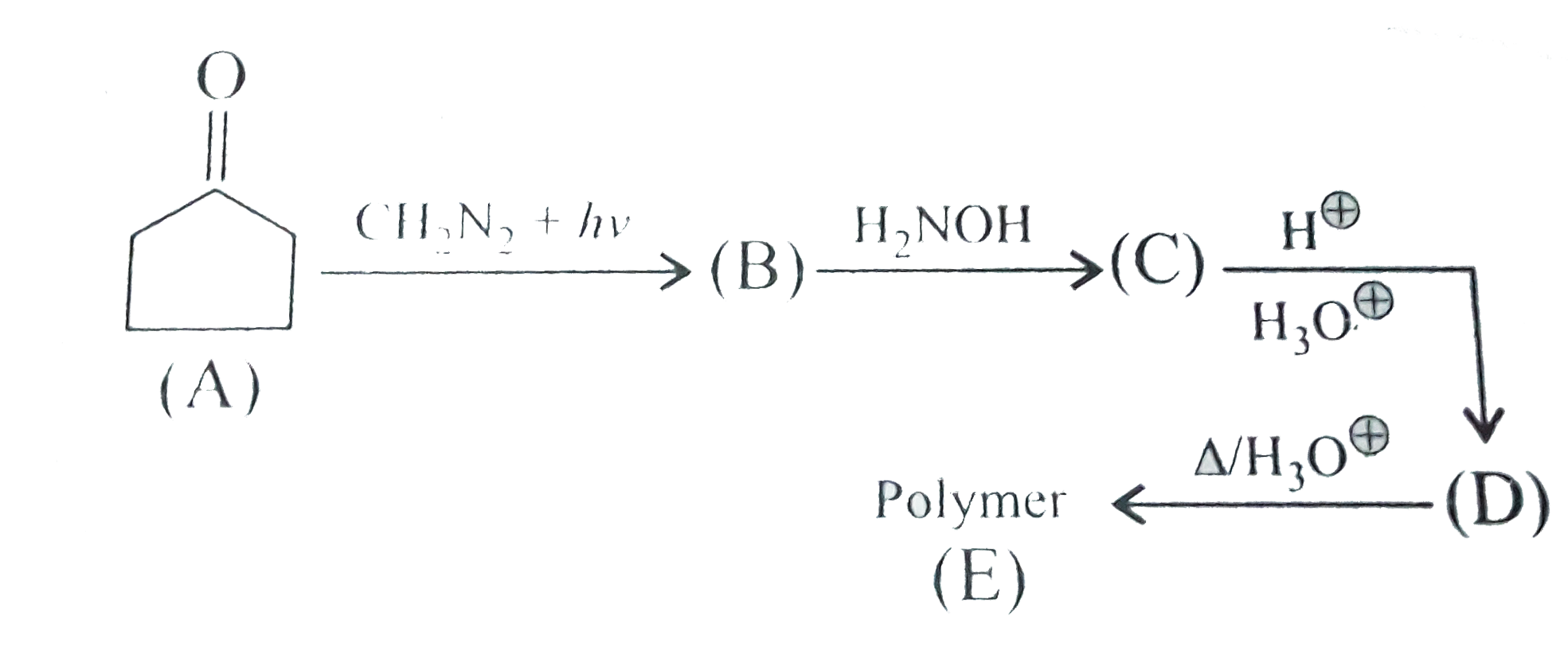
Compound (D)is:



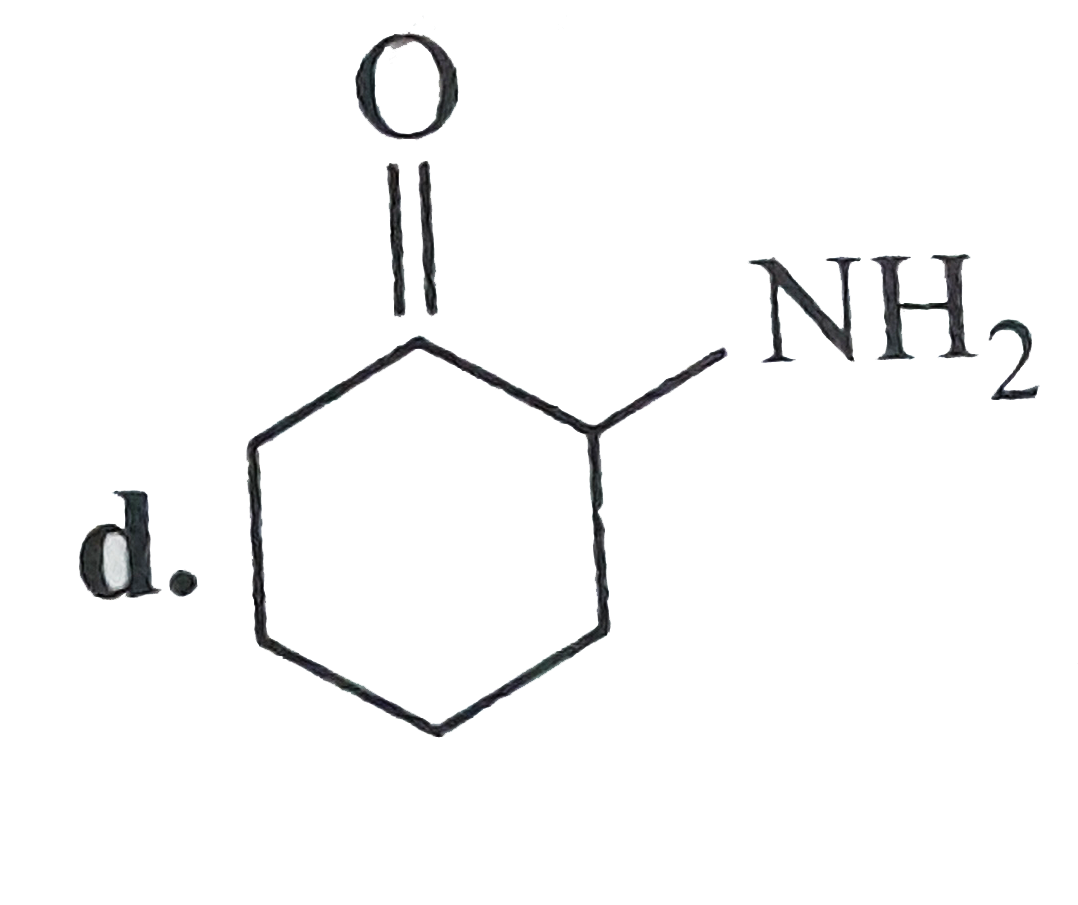
The correct Answer is:C
Topper's Solved these Questions
- BOOK - CENGAGE CHEMISTRYCHAPTER - SYNTHETIC AND NATURAL POLYMERSEXERCISE - Exercises Multiple Correct28videos
SYNTHETIC AND NATURAL POLYMERS
- BOOK - CENGAGE CHEMISTRYCHAPTER - SYNTHETIC AND NATURAL POLYMERSEXERCISE - Exercises Single Correct94videos
SYNTHETIC AND NATURAL POLYMERS
- BOOK - CENGAGE CHEMISTRYCHAPTER - SYNTHETIC AND NATURAL POLYMERSEXERCISE - Exercises Concept Application20videos
SYNTHETIC AND NATURAL POLYMERS
- BOOK - CENGAGE CHEMISTRYCHAPTER - SURFACE CHEMISTRYEXERCISE - Archives Subjective2videos
SURFACE CHEMISTRY
Similar Questions
Match each of the following four structures with one of the compound A-D on the basis of the following experimental facts
Compound (A),(B) and ( C ) are optically active, but compound (D) is not
Compound (C ) gives the same products as compound (D) on treatment with periodic acid, But compound (B) gives a different product.
Compound (A) does not react with periodic acid.

Compound A-D are respectively?View SolutionComplete the following reactions and findout number of carbon atmos present in compound (D)
 View Solution
View Solution
Knowledge Check
- Question 1 - Select One
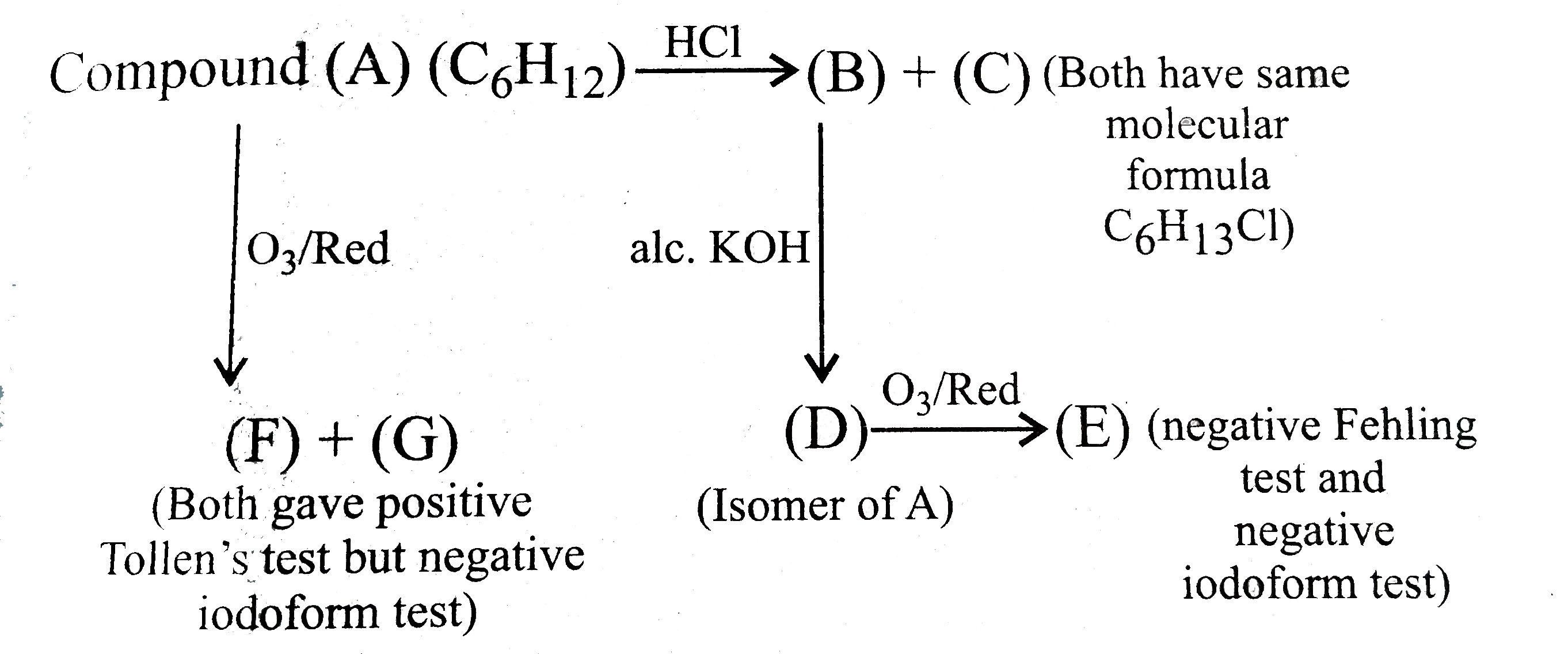
The compounds (D) is:Aa.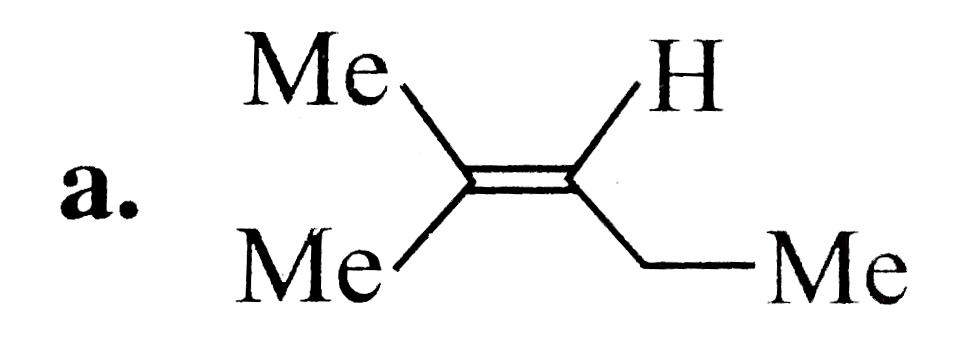 Bb.
Bb.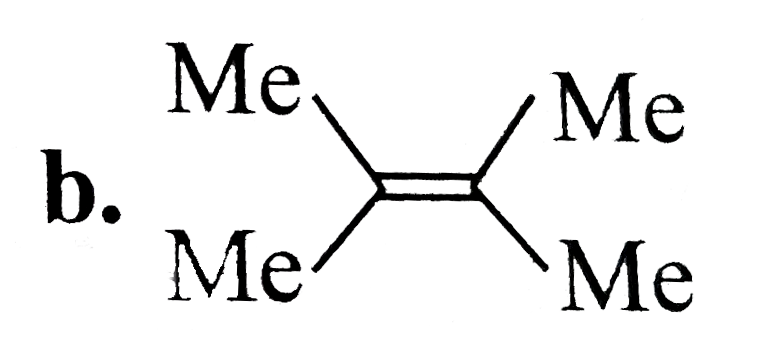 Cc.
Cc. Dd.
Dd.
- Question 2 - Select One

Identify structure of compound (D).A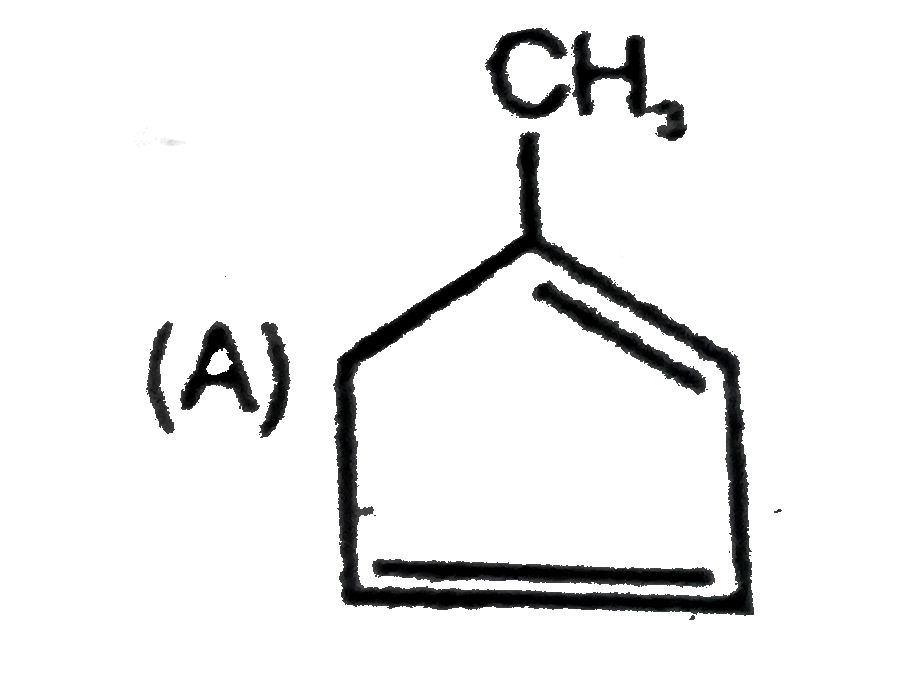 B
B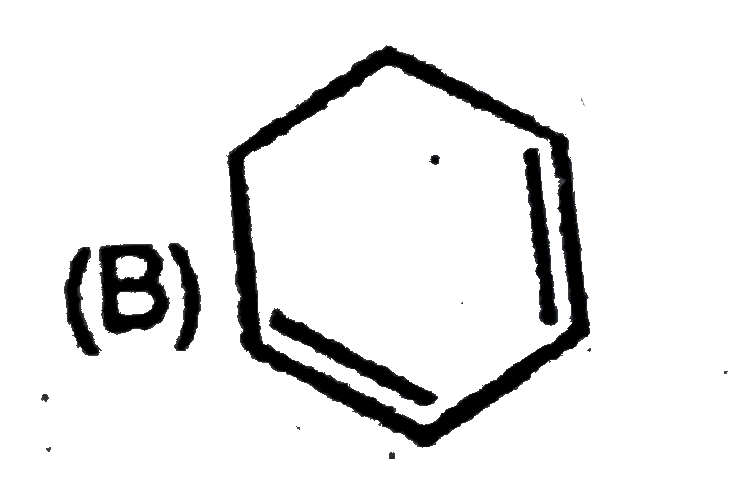 C
C D
D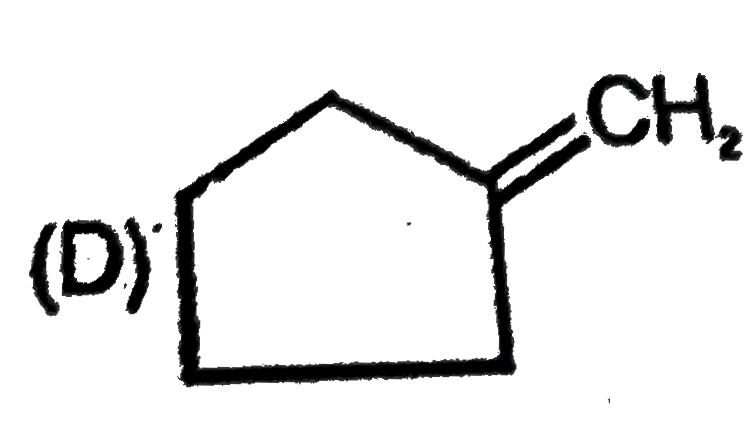
- Question 3 - Select One
The element A burns in nitrogen to give an ionic compound B. the compound B reacts with water to give C and D. A solution of C becomes milkly on bubbling carbon dioxide. What is the natrue of compound (D)?
AAcidicBBasicCAmphotericDNeutral
The compound (C) is changed into a compound (D) when its aqueous solution is boiled.
View SolutionWhen an oxide of manganese (A) is fused with KOH in the presence of an oxidising agent and dissolved in water, it gives a dark green solution of compound (B). Compound (B) disproportionates in neutral or acidic (C ) oxidises potassium iodide solution to a compound (D) and compound (A) is also formed. Identify compounds A to D and also explain the reactions involved.
View Solution(A)(Dark purple almost black)Δ−−→(B)(Green)+(C)(Black)+(D)
Find the number of correct statements:
(a) Compound B is K2MnO4
(b) Compound C is MnO2
(c) Compound D is O2
(d) Compound B is paramagnetic in nature
(e) Compound D has two unpaired electrons in bonding molecular orbitalView SolutionThe solution of (B) in conc. HCl on treatment with potassium ferrocyanide gives a blue colour or precipitate of compound (D).
View SolutionIn the following sequence of reactions,
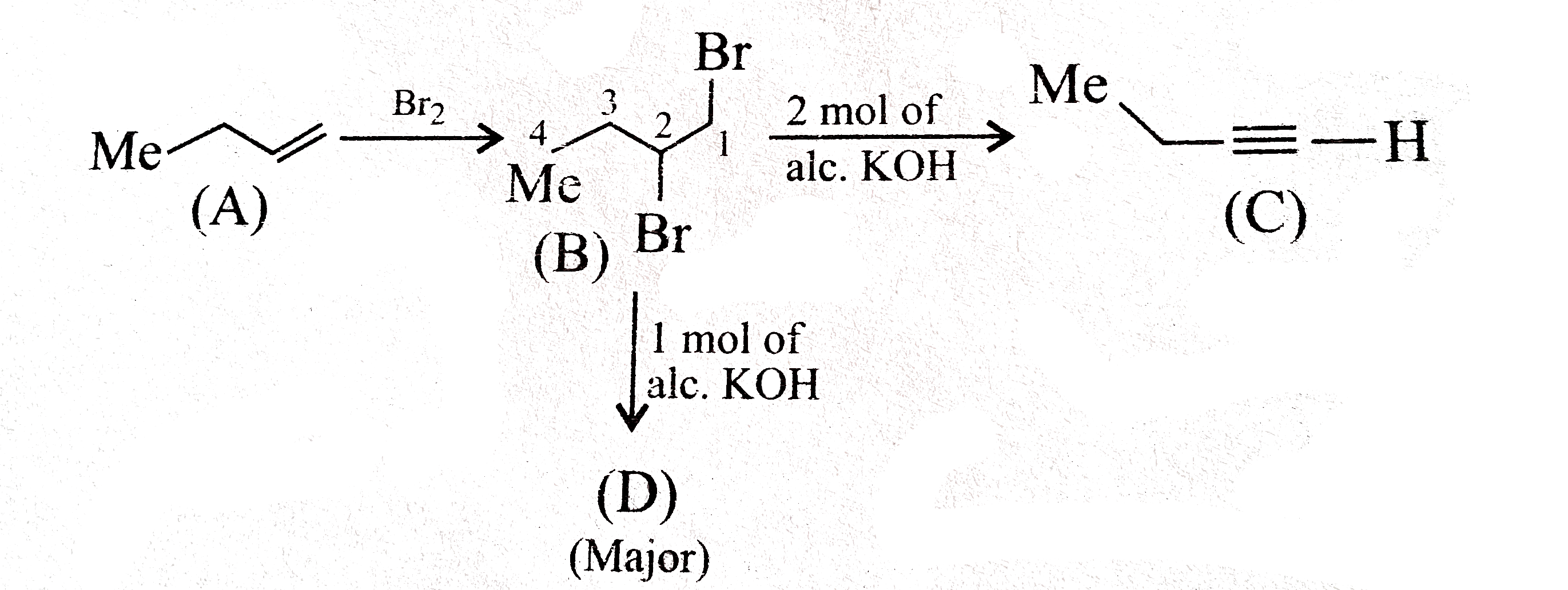
Which of the statements are correct about the compound (D)?View Solution


